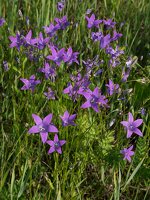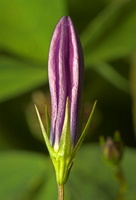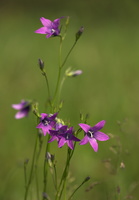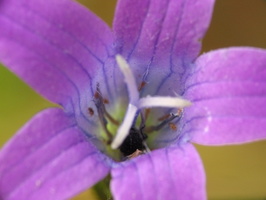- sort orderDefault
Photo title, A → Z
Photo title, Z → A
✔ Date created, new → old
Date created, old → new
Date posted, new → old
Date posted, old → new
Visits, high → low
Random - Google Map
- map
 home / Plantae · augalai / Campanulaceae · katilėliniai / Campanula patula · pievinis katilėlis
home / Plantae · augalai / Campanulaceae · katilėliniai / Campanula patula · pievinis katilėlis

-
 Campanula patula · pievinis katilėlis
Campanula patula · pievinis katilėlis
-
 Campanula patula · pievinis katilėlis
Campanula patula · pievinis katilėlis
-
 Campanula patula · pievinis katilėlis
Campanula patula · pievinis katilėlis
-
 Campanula patula · pievinis katilėlis
Campanula patula · pievinis katilėlis
-
 Campanula patula · pievinis katilėlis
Campanula patula · pievinis katilėlis
-
 Campanula patula · pievinis katilėlis
Campanula patula · pievinis katilėlis
-
 Campanula patula · pievinis katilėlis
Campanula patula · pievinis katilėlis
-
 Campanula patula · pievinis katilėlis
Campanula patula · pievinis katilėlis
-
 Campanula patula · pievinis katilėlis
Campanula patula · pievinis katilėlis
-
 Campanula patula · pievinis katilėlis
Campanula patula · pievinis katilėlis
-
 Campanula patula · pievinis katilėlis
Campanula patula · pievinis katilėlis
Campanula patula · pievinis katilėlis
- spreading bellflower
- Wiesen-Glockenblume
- pievinis katilėlis
- pļavas pulkstenīte
- dzwonek rozpierzchły
https://en.wikipedia.org/wiki/Campanula_patula
Spreading bellflower is native to temperate parts of Europe and widely naturalised elsewhere. Its natural habitat is meadows, banks, open woodland, clearings, roadside verges, fallow fields and waste ground. It needs light for the seeds to germinate so may reappear after many years of absence when the soil is disturbed.
This delicate bellflower bears lateral branches of pale blue or white flowers that are upright and funnel shaped. The leaves are narrow and pointed. Branches are often supported by the surrounding vegetation, so the plants can appear prostrate. The main difference between this and other bellflowers is that the petals in the bell are spread out and more pointed and this gives this species its common name.
Dvimetis augalas. Stiebas stačias, nelabai lapuotas, jo apatinė dalis neryškai briaunota, 30-60 cm aukščio. Lapai, apatiniai kastuviški, viršutiniai – lancetiški. Žiedynas – reta šluotelė, skėčio formos. Vainikėlis piltuviškas, violetinis ar mėlynas, retai balsvas. Žydi gegužės – liepos mėn. Vaisius – dėžutė. Auga pievose, turinčiose daug maisto medžiagų, taip pat pakrūmėse.